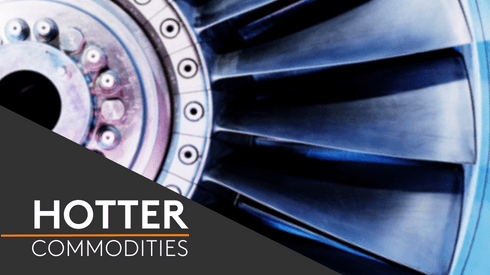There have been numerous announcements from carmakers establishing global joint ventures with battery manufacturers to ensure that they are able to sustain their supplies of critical EV battery raw materials, focusing on the cathode side of the battery – primarily lithium, cobalt and nickel.
The latest such agreement involved US manufacturer General Motors, which recently announced its intention to form a joint venture with South Korea’s Posco Chemical. They intend to open a facility in North America in 2024, focused on cathode active material – extending a trend seen among carmakers keen to tie-up supplies of lithium, cobalt and nickel.
There has been much less interest among the automotive sector in securing anode material supplies, with the EV battery anode primarily comprised of graphite. There are two major reasons for this, related to graphite availability and total EV battery costs.
Total graphite supply is seen as relatively plentiful and not a potential hindrance to future EV battery production. But while graphite supply was not expected to be a limiting factor for EV battery production in the near term, there are significant costs and environmental issues associated with processing graphite to make active anode material, and this is where there could be supply chain bottlenecks in the years ahead.
Fastmarkets has highlighted previously that, with more than 90% of graphite active anode material capacity currently in China, the anode market remains at risk to supply chain disruptions, such as have been seen in the semiconductor chip sector.
With environmental, social and corporate governance (ESG) considerations becoming increasingly critical for carmakers, the environmental costs of Chinese anode material production will be a further deterrent to the industry’s reliance on Chinese supplies.
While the automotive industry has expressed interest in localized graphite supply chains, and there are a number of graphite projects under way around the world, no carmakers have yet committed to joint ventures with any of these projects.
Although about 50% of an EV battery is composed of graphite, the cost of the anode is significantly lower than the cost of the cathode, with the graphite anode cost estimated at just 7-10% of the total EV battery cost.
The cost of the cathode is about 40% of the total EV battery cost. The relatively minor cost share of the anode relative to the cathode, as well as graphite being a relatively plentiful mineral when compared with cobalt or nickel, has resulted in carmakers focusing initially on securing cathode supplies through joint ventures with battery chemical producers.
So it is likely that there will be more moves by carmakers to secure anode supplies in the coming years, especially once the cathode material ventures are well established, and once leading graphite suppliers emerge from the global array of new projects.





